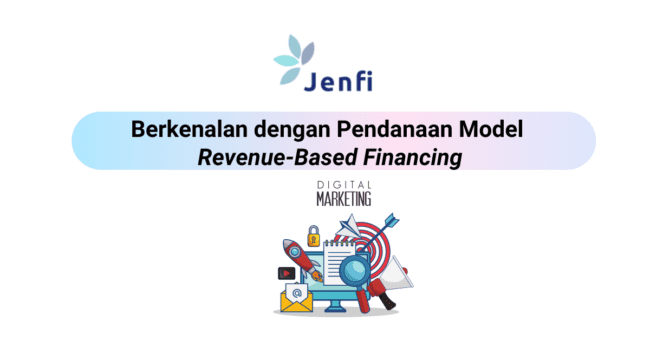Measuring The Advertising Effectiveness Of A Marketing Campaign - 8 Vital Metrics For Marketers
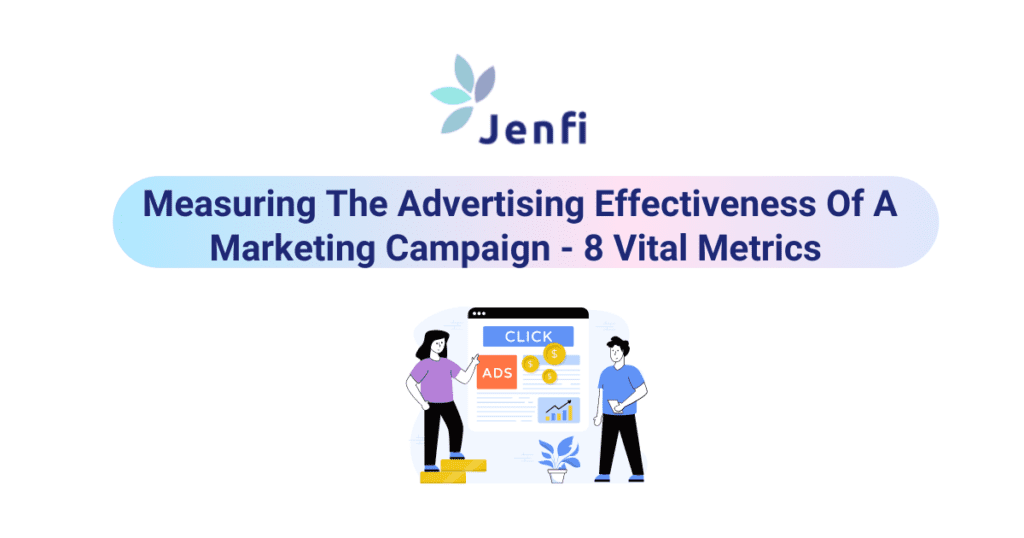
Measuring the advertising effectiveness of a marketing campaign is the foundation for growth marketers. Using ad metrics reasonably, we can determine how well our performance is and what factors it needs to drive better results.
So, how well do you understand the advertising metrics? Explore 8 critical advertising KPIs in this article with Jenfi Capital.
What Are Advertising Metrics?
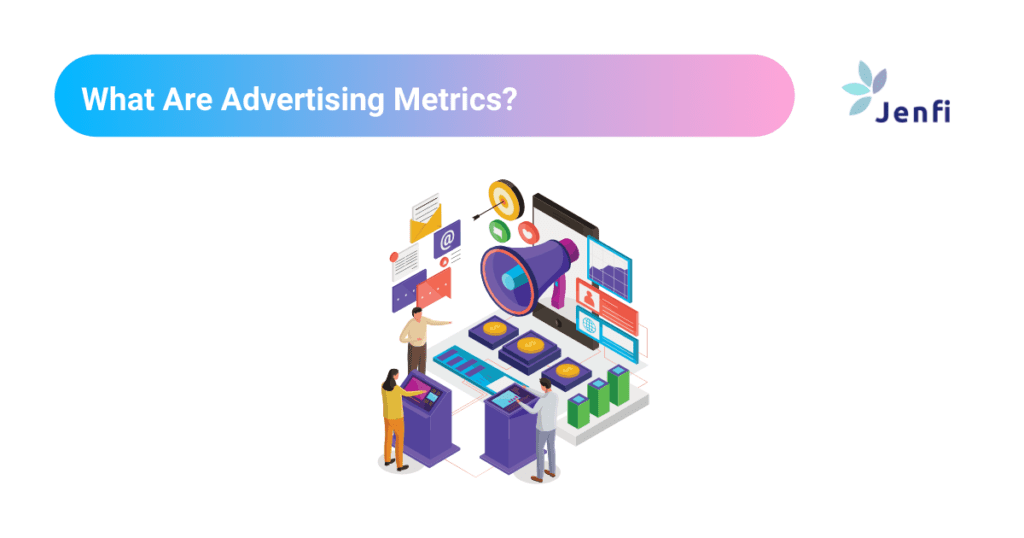


Advertising metrics, also known as KPIs (Key Performance Indicators), are standards used to measure and track the performance of digital marketing campaigns.
These indicators are measured with exact values. Through that, the marketing team will determine whether their marketing campaign has brought significant results or not.
With the explosion of social networks, various marketing methods, and many separate tools, advertising channels, and techniques, determining advertising performance metrics is paramount to defining the victory of marketing campaigns.
The Importance Of Using Advertising Metrics
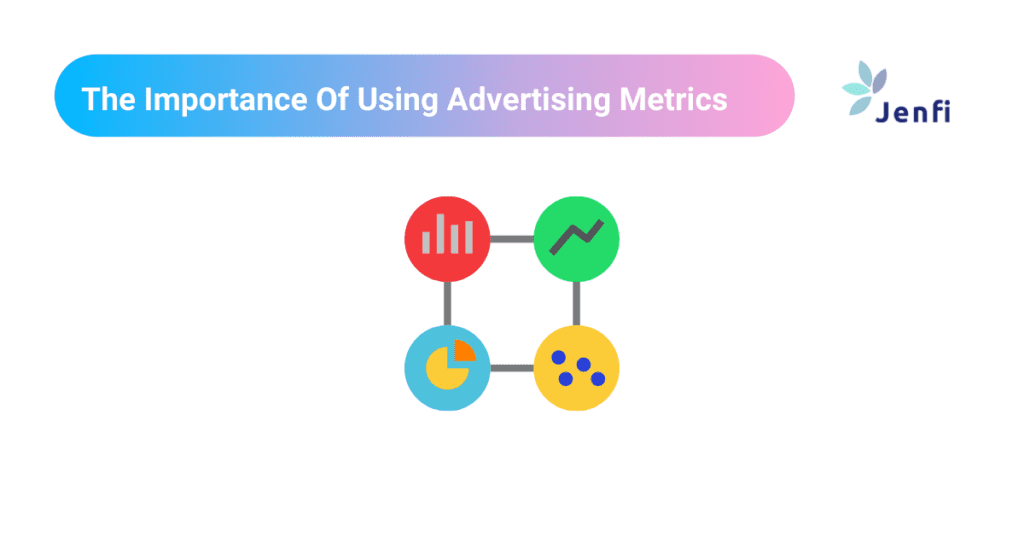


It is very easy to lose time and money in digital marketing if you do not know clearly your goals. This happens when you use many advertising tools but do not collect and analyze metrics in each stage.
Deploying a series of advertising activities takes up as much financial as human resources. Understanding and managing advertising indicators will help us measure efficiency and use the money wisely.
Advertising metrics also help businesses determine the progress of running marketing campaigns. Also, they help figure out which campaigns are performing well and which ones need to be reevaluated. Eventually, it ensures your company is spending valuable budgets in the right way.
Jenfi Insights - An all-in-one tool that helps your company to grow with higher ROAS
Optimize your digital ad spend with actionable insights designed to help you scale. Make sure you're always getting the best return on your e-Commerce campaigns with personalized recommendations.
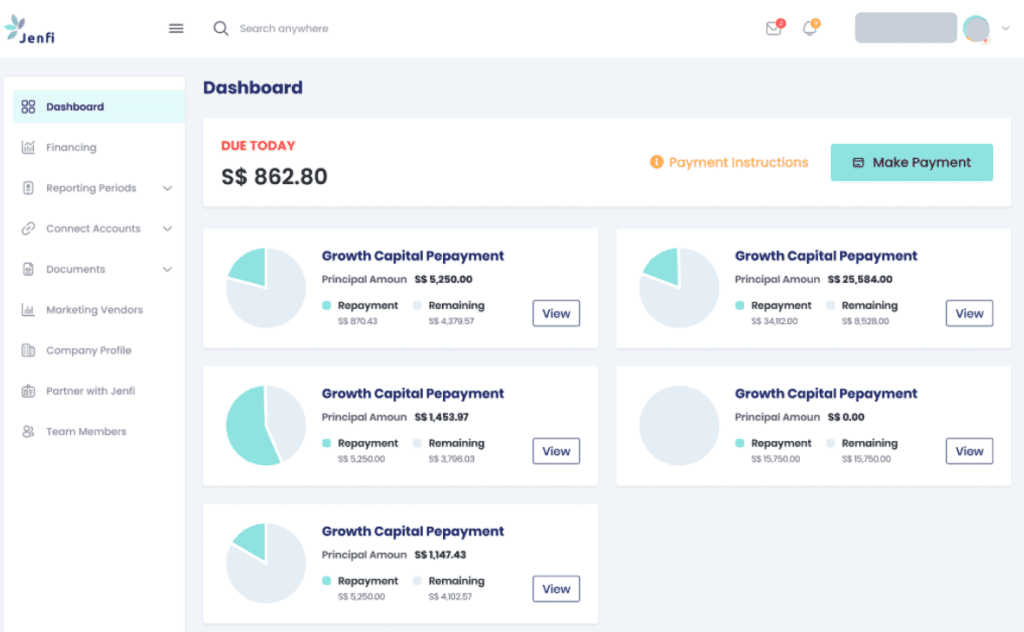


Sign up today for exclusive access to Jenfi Insights.
According to The CMO Survey, 72% of marketing chiefs said the "importance of marketing" has grown in their companies over the last year, but only 39% rate their strategies as effective.
Digital Marketing takes place on many platforms: Facebook Ads, Google Ads, Google Analytics or Google Sheet, CRM, etc., and each platform will have different metric standards. If you are doing online marketing campaigns on a few of them, then a good knowledge of ad indicators will help you to maximize your efforts.
8 Important Advertising Metrics For Any Marketers
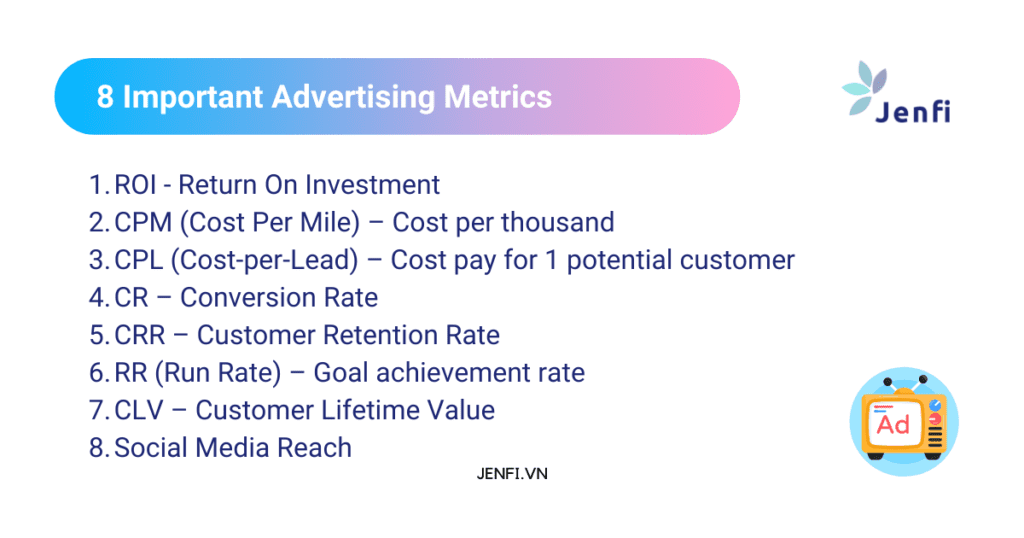


If you want your business' marketing campaigns to be effective, you need to pay close attention to the following 8 KPIs (Key Performance Indicators).
ROI - Return On Investment
ROI (Return On Investment) is an indicator that measures the ratio of profits earned to the costs spent on a marketing campaign. In other words, this is the ratio of the profit made to the initial cost of the investment.
ROI is one of the most important KPIs to measure the effectiveness of marketing campaigns. This is strictly the first number that you need to know. This metric helps you measure the sales revenue based on your business's budget.
Almost every effort in marketing campaigns has the final purpose: The craving to increase the profit on the cost spent.
If the positive ROI is high, your marketing campaign is doing well. On the contrary, you need to find the right solution to immediately adjust your marketing campaign.
CPM (Cost Per Mile) – Cost per thousand
CPM (Cost Per Mile) is a metric reflecting the cost per one thousand impressions/ views on an ad. Simply speaking, if the CPM of a particular keyword is $1.00, that means you must pay $1.00 for every 1,000 impressions to show your ads for this keyword.
CPM helps you measure the performance of your campaigns within and across different platforms. For instance, if you want to place an ad banner on website A, but then you discover that website B has more potential, then you can use CPM to make cost comparisons between these media (at both stages: preparing and reviewing stage)
CPL (Cost-per-Lead) – Cost pay for 1 potential customer
CPL (Cost-per-Lead) is a metric that helps measure marketing campaigns' effectiveness based on the leads generated. CPL focuses on the number of potential customers from marketing campaigns. The price per lead depends on the type of strategy you use for each lead generation channel.
Cost Per Lead (CPL) = Total Marketing Spend / Total New Leads
To achieve the most accurate measurement results, the CPL needs to be combined with other factors affecting the business's profitability. Cost per lead enables you to set the sales goals, calculate potential ROI, and determine advertising budgets.
CR – Conversion Rate
CR can be understood as the conversion rate from visitors to customers. CR is critical because it allows you to lower your customer acquisition costs by getting more value from the visitors and users you already have.
For example, if you need $1,000 to double your website traffic at the CR of 2.5%, but you only need $500 to improve the CR from 2.5% to 5%, then the second choice makes more sense.
CRR – Customer Retention Rate
CRR is an indispensable advertising measurement indicator to evaluate whether a marketing strategy is successful or not in many ways.
Customer retention measures how successful a company is at acquiring new customers and how successful they are at satisfying existing customers. It also increases ROI, boosts loyalty, and brings in new customers.
If the CRR is higher, your campaign is well enough to satisfy your customers and vice versa.
RR (Run Rate) – Goal achievement rate
RR (Run Rate) is an indicator that reflects the speed of completing the goal of the entire campaign compared to the original overall plan. RR helps marketers identify precisely how much budget they have spent to accomplish a part of a goal. Then, decide to add a method to accelerate or maintain the growth momentum.
CLV – Customer Lifetime Value
CLV (Customer Lifetime Value) is an indicator that reflects the lifetime value. In other words, this indicator tells you how much profit a customer will bring to you over their lifetime.
CLV analysis helps businesses see which marketing activities are the most useful in bringing in the best customers.
Customers' economic value is not just in 1-time purchases. It lasts as long as they are buying from your company. Knowing CLV, companies can determine which customer groups will bring the most value to the company, which products customers want the most, and then fine-tune the company's effort to retain these high-value customers.
Social Media Reach
Marketing through social networking platforms has solid viral power. If you have creative ideas that drive customer actions, the cost of social marketing is insignificant compared to the potential results.
Platforms like Twitter, Facebook, LinkedIn, and Pinterest have very high conversion rates. Using Social Media Reach metrics helps businesses measure how effectively social media contributes to online conversion rates.
In addition to these indicators, you also need to pay attention to others, such as Impression (Display Index), CTR (click-through rate); CPC (Cost per click); CAC (Cost of finding customers), etc.
Important Notices In Measuring Digital Marketing Campaigns


Do not be complacent with "appealing" indicators
Marketing is the overall combination of many different activities. Sometimes, the indicator is stunning, but in reality, the effect it brings is trivial. Without experience in analyzing metrics, businesses are easily misinterpreted that their campaigns are running well, but the results obtained do not bring considerable impacts.
For example, a low CPL is great, but it does not mean that the potential leads can be converted into actual buyers. It just means how much money you are getting leads, and there will be many further activities to bring these leads to qualified customers.
Break down your goals into phases
An overall marketing campaign will be divided into several stages. Each stage can be organized into a small campaign. It is necessary to clearly define the overall goals and the sub-goals for each stage.
Selecting a reliable data source to measure marketing effectiveness
Many social networking platforms allow running digital ads, such as Facebook, Instagram, Youtube, Google Ads, Google Analytics, etc. These channels have different ways of calculating metrics.
Because of the data source, each channel's metrics are different. If your business is running on Omni-channels, you need to find an experienced marketer to measure the effectiveness of your marketing in the most accurate way.
Limit the use of unnecessary data
With a massive amount of data available with a few clicks, marketers need to determine which metrics their business is interested in. Which metrics matter to which campaign.
Regularly checking the metrics in the overview report will give you an accurate view of the status of your marketing campaign.
Choosing the right metrics really matters in digital marketing. We hope this article's information on advertising metrics will reconcile your marketing efforts and the available budgets to reach the maximal results.




